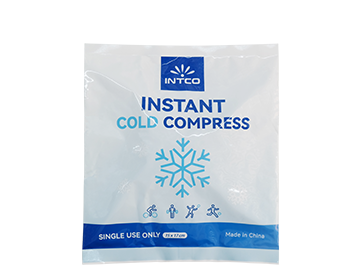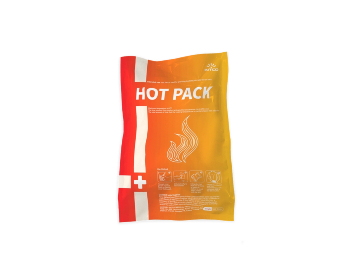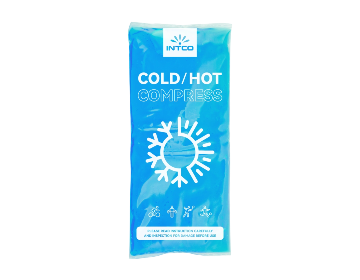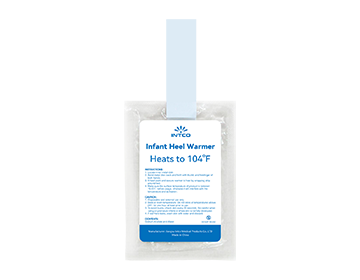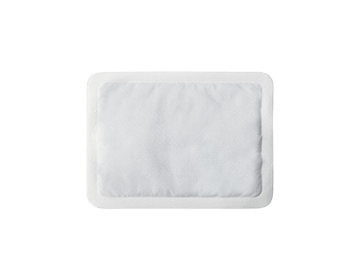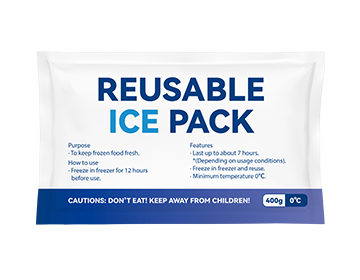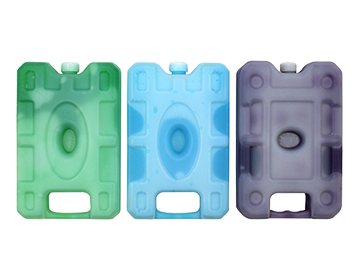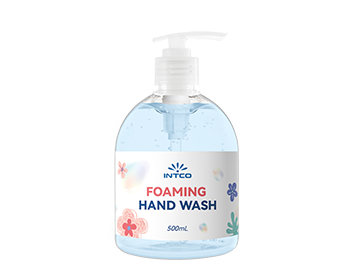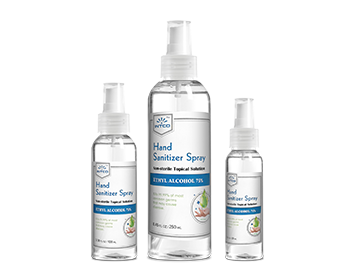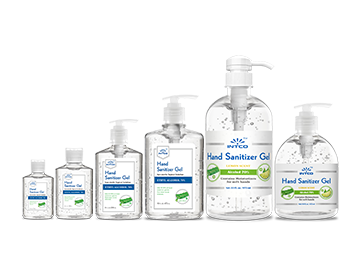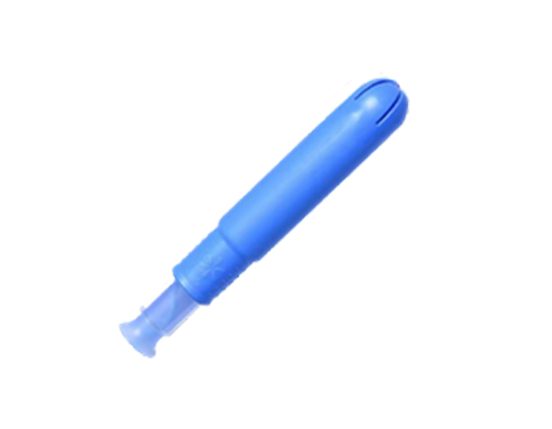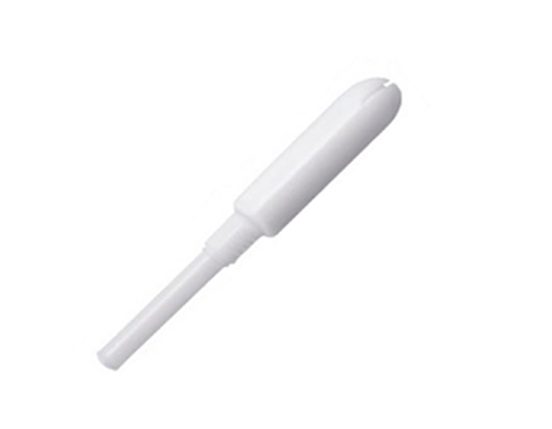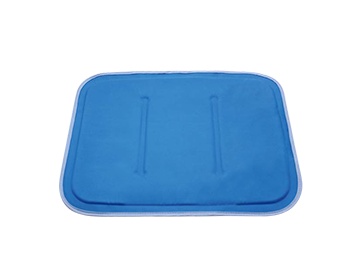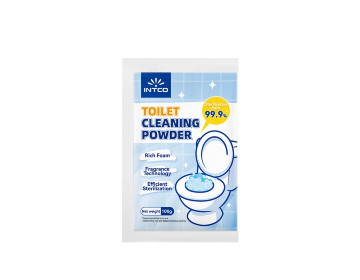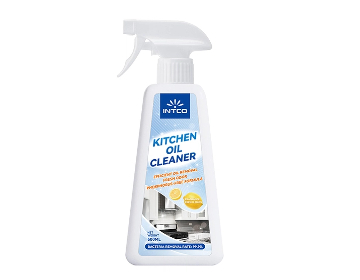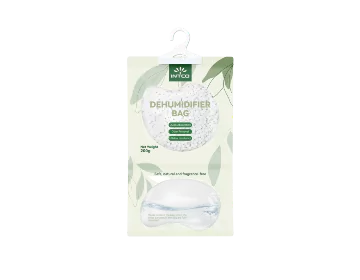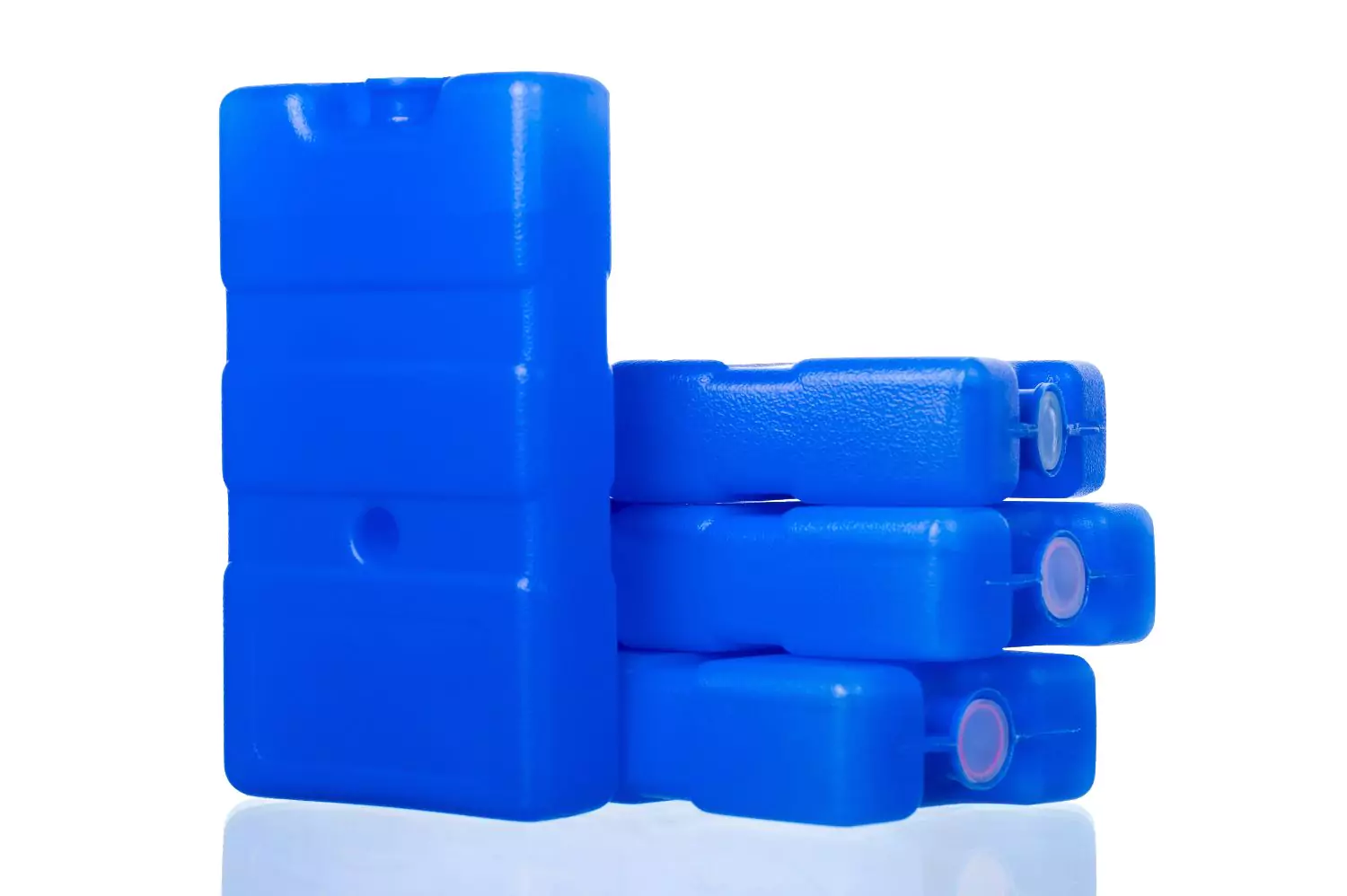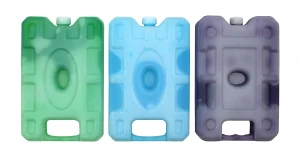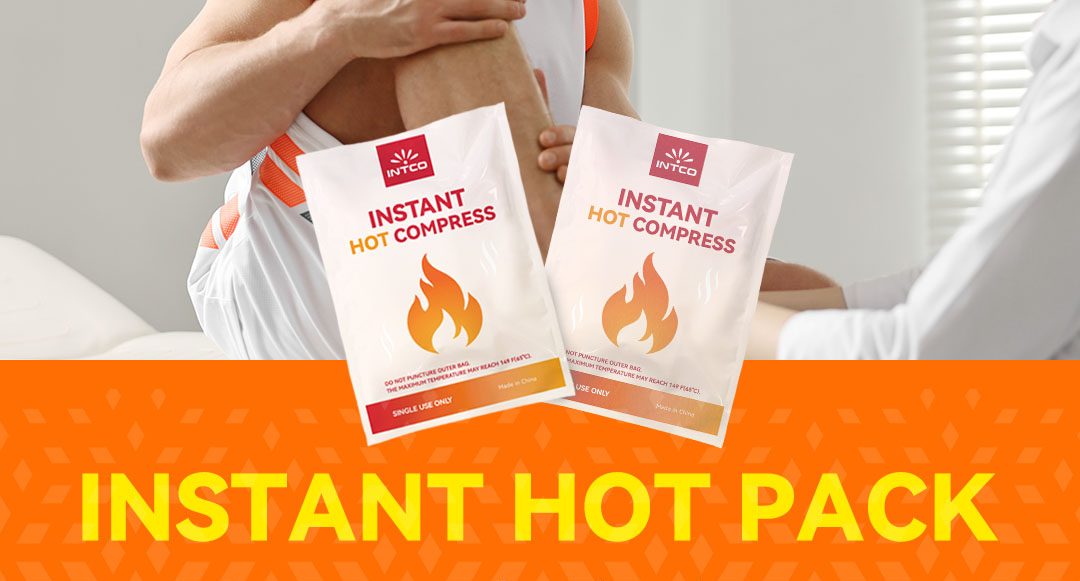Why Ice Gel Packs Are a Must Have for School and Work Meals
Packing a nutritious lunch is only half the battle—keeping it fresh until mealtime is equally important. The USDA warns that perishable foods left in the “danger zone” (40°F–140°F) for more than two hours can become unsafe to eat due to rapid bacterial growth (USDA Food Safety Guidelines).
Ice gel packs have emerged as the superior solution for maintaining safe food temperatures throughout the day. Unlike traditional ice cubes that melt quickly and create messes, modern gel packs use advanced phase-change technology to provide longer-lasting, more reliable cooling. This comprehensive guide explores why ice gel packs should be an essential part of every student’s and professional’s lunch routine, backed by scientific research and practical comparisons.

The Science Behind Ice Gel Packs
Material Composition and Cooling Mechanism
Modern ice gel packs primarily consist of two key components:
1.Cooling Gel Core: A proprietary non-toxic hydrogel solution contained within
2.Durable Outer Shell: Made from HDPE (High-Density Polyethylene) or PET (Polyethylene Terephthalate) materials
Unlike phase-change materials (PCMs) that require precise temperature thresholds, these hydrogel formulations work through a simpler but equally effective principle of thermal mass absorption. The gel’s high water content (typically 60-80%) and added stabilizing compounds allow it to:
1.Absorb and store significant amounts of heat energy as it thaws
2.Maintain temperatures slightly above freezing (typically 32-39°F/0-4°C)
3.Provide consistent cooling for 4-8 hours depending on environmental conditions
Material Advantages Over Traditional Cooling Methods
Research from the Journal of Food Packaging and Shelf Life highlights several benefits of this gel/HDPE/PET construction:
- Superior Temperature Stability:
- Maintains food-safe temperatures 25% longer than ice cubes
- Avoids extreme cold that can freeze food items (unlike some PCM-based packs)
- Enhanced Safety Features:
- HDPE/PET shells prevent leakage and contamination
- Non-toxic hydrogel formulation is FDA-compliant for food contact
- Physical Durability:
- Withstands 500+ freeze-thaw cycles without degradation
- Resistant to punctures and cracks (unlike rigid plastic ice blocks)
The hydrogel’s viscosity can be precisely engineered to achieve different performance characteristics – thicker gels retain cold longer while thinner formulations freeze faster. This tunability makes gel/HDPE/PET packs versatile for various applications from lunch boxes to medical cold chain transportation.
While not matching the absolute temperature precision of specialized PCMs, the gel/HDPE/PET combination provides the ideal balance of performance, safety, and cost-effectiveness for everyday food cooling applications. The durable construction also makes these packs more suitable for repeated use in school and work environments where rough handling is common.
Temperature Regulation Benefits
Research from the Journal of Food Engineering shows that:
· Gel packs maintain temperatures below 40°F for 4-8 hours
· Provide more consistent cooling than ice cubes
· Prevent the “hot spots” that occur with uneven ice distribution
Ice Gel Packs vs. Traditional Cooling Methods
|
Feature |
Ice Gel Packs |
Ice Cubes |
Insulated Bags Alone |
Freezer Blocks |
|
Cooling Duration |
4–8 hours |
2–4 hours |
1–2 hours |
3–5 hours |
|
Mess Potential |
None |
High |
None |
Medium |
|
Reusability |
500+ uses |
Single-use |
Permanent |
100+ uses |
|
Space Efficiency |
High |
Low |
Medium |
Medium |
|
Temperature Stability |
Excellent |
Good |
Poor |
Good |
Data compiled from USDA food safety studies and consumer product testing
5 Key Benefits of Using Ice Gel Packs
1.Extended Food Safety
· Maintain safe temperatures twice as long as ice cubes
· Critical for preventing foodborne illnesses (CDC estimates 48 million Americans get sick from foodborne diseases annually)
2.No Messy Leakage
· Encapsulated gel won’t soak your sandwiches like melting ice
· Perfect for office environments and school backpacks
3.Cost-Effective & Eco-Friendly
· Reusable for years (vs. daily ice cube waste)
· Reduce single-use plastic waste from disposable cooling products
4.Versatile Shapes & Sizes
· Slim profiles fit in lunch boxes
· Flexible options conform to food containers
5.Dual-Purpose Functionality
· Many can be heated for thermal therapy
· Useful for sports injuries after school activities
Choosing the Best Ice Gel Pack: Buyer’s Guide
Size Considerations
· Small (4″x5″): Ideal for kids’ lunch boxes
· Medium (5″x7″): Best for adult meal prep containers
· Large (8″x10″): Perfect for picnic coolers
Material Safety
Look for:
· FDA-approved food-safe materials
· BPA-free and non-toxic formulations
· Durable outer shells resistant to punctures
Performance Factors
· Freeze time: Most require 4-6 hours to fully charge
· Cool duration: Ranges from 4 hours (basic) to 8+ hours (premium)
· Flexibility: Some remain pliable when frozen for better packing
Top Use Cases for Ice Gel Packs
- School Lunches
· Keeps yogurt, cheese, and deli meats safe until lunch period
· Prevents fruit from becoming mushy in warm classrooms
- Workplace Meal Prep
· Maintains salad freshness for afternoon meals
· Ideal for professionals without refrigerator access
- Outdoor & Travel Meals
· Essential for camping trips and picnics
· TSA-approved for travel coolers
- Special Dietary Needs
· Critical for medications requiring refrigeration
· Safely transports breast milk for working mothers
Proper Usage Tips for Maximum Effectiveness
- Pre-Chill Your Lunch Box
- Store empty lunch container in freezer overnight
- Strategic Placement
- Place gel packs on top of food (cold air sinks)
- Combine with Insulation
- Use with insulated lunch bags for best results
- Maintenance
- Wash periodically with mild soap
- Inspect for leaks or damage
Frequently Asked Questions
Q: How long do gel packs stay frozen in a lunch box?
A: Typically 4-8 hours depending on ambient temperature and insulation quality.
Q: Are gel packs safe if they leak?
A: Food-grade gels are non-toxic, but leaks indicate it’s time to replace the pack.
Q: Can you refreeze gel packs?
A: Yes, they’re designed for hundreds of freeze-thaw cycles.
Conclusion: A Smart Investment for Food Safety
Ice gel packs represent one of the simplest yet most effective solutions for maintaining food safety in packed meals. Their superior performance over traditional cooling methods, combined with reusability and versatility, makes them indispensable for students, professionals, and families alike.
Looking for high-quality, customizable ice gel packs? INTCO Healthcare specializes in ODM/OEM solutions, offering:
1.Food-safe, non-toxic formulations
2.Custom shapes and sizes for any application
3.Bulk ordering options for brands and retailers
4.Advanced phase-change material technology
Contact us today to discuss your custom cooling product needs!

